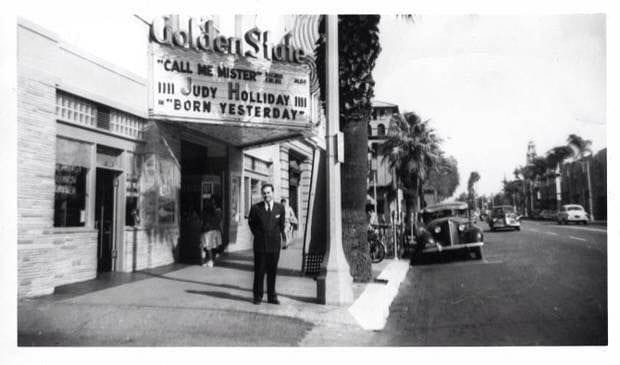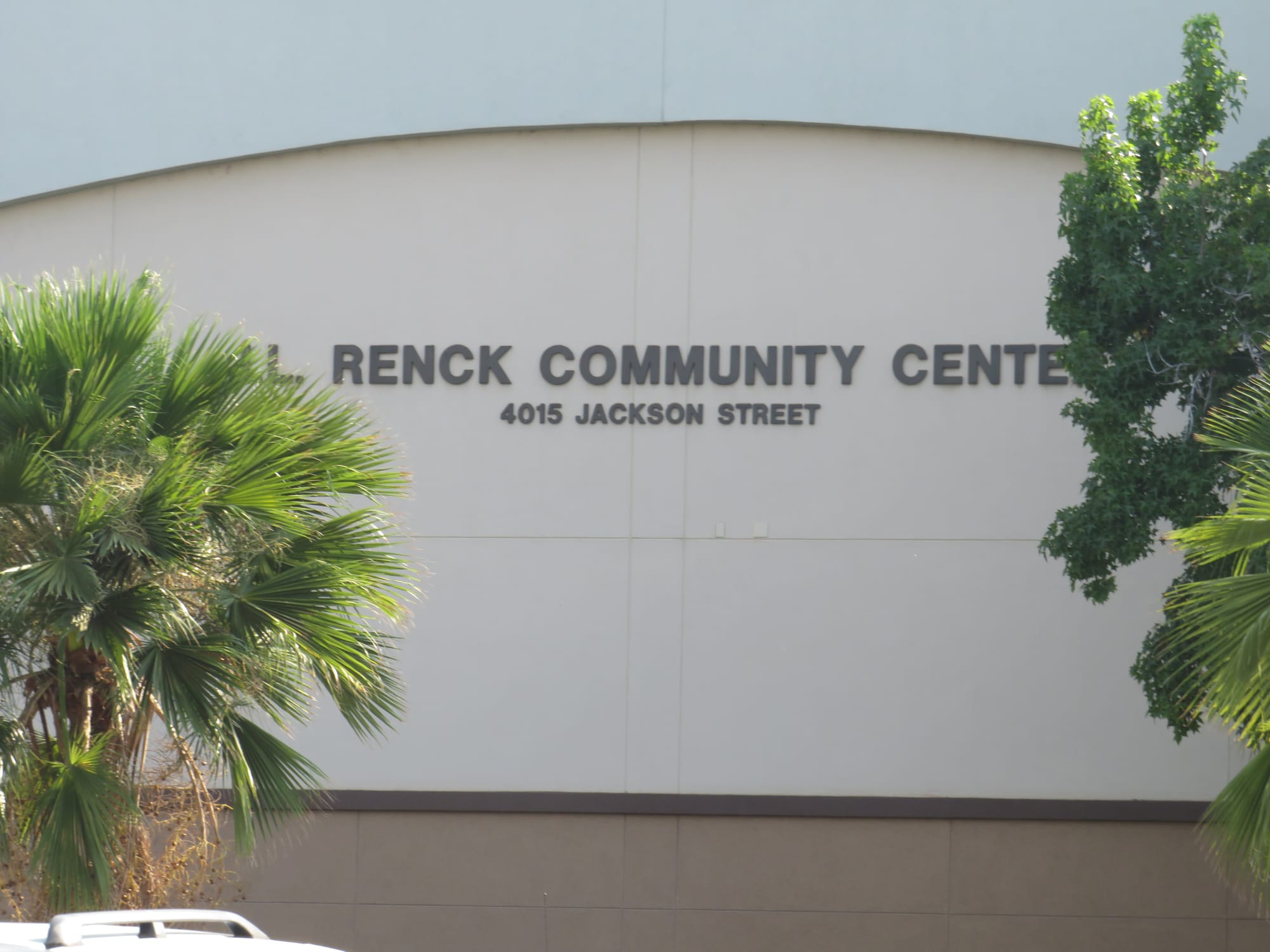Your Guide to Shopping Small This Holiday Season
From Main Street to neighborhood shops across the city, here's where to find unique gifts while supporting local businesses.
A 1955 land purchase sparked months of debate over whether to honor Hollywood royalty or local civic leaders—until theater mogul Roy C. Hunt's legacy won the day.

A few weeks ago, Anthony Solorzano, in his series exploring Riverside through the eyes of a transplant, wrote an insightful article on Riverside’s Hunt Park and what he observes while running there. The article raised a question for me: What is the history behind this park I often drive past? When I was younger, I even played softball there in a church league.
Early in 1954, the City Council and the parks board discussed the need for a new park to better serve the Arlington area. Arlington Park was near the intersection of Van Buren and Magnolia, but residents and the Arlington Chamber of Commerce wanted a second park.
After months of study, the council in May 1954 endorsed the site recommended by the Arlington Chamber of Commerce, the Parks and Recreation Commission and the Planning Commission. Riverside purchased the 15-acre tract at the corner of Jackson Street and Garfield Street for $30,000 from the Kenneth Russell family of Los Angeles. The site had 600 feet of frontage along Jackson and extended 990 feet back to Sherman Drive.
There was no money at the time for development, and the council said work would not begin until 1957 or 1958. However, the Arlington Lions Club stepped up and offered to construct a baseball field for Little League use. They persuaded the council to spend $600 for materials, with the Lions providing all labor.
On Monday, May 16, 1955, Mayor E.V. Dales threw out the first pitch for the inaugural game between Sierra Supply and Jones & Fisher Little League teams at the new Arlington Park. Also present were Joe Renck, the Arlington representative on the Park and Recreation Commission and a major proponent for the new park; Parks Director Ellis Kindig; and Arthur Powell, president of the Arlington Chamber of Commerce. A color guard from Scout Troop 16 and the Chemawa School band performed for the opening ceremonies. The field was located at the north edge of the park along Sherman Drive.
But now Riverside had two Arlington Parks, and a distinct name was needed. The Park and Recreation Commission chose the name Russell Park in honor of the family from whom the city bought the land, who also had a very famous daughter, Jane Russell.
When the proposal went before the council, some members objected, preferring a Riverside figure with ties to Arlington. Suggestions included Crowell Park, in honor of Oscar Crowell, a longtime resident, orange grower and civic leader, and Winship Park, named for the late J.G. Winship, a former council member and operator of Arlington Lumber.
The council sent the matter back to the park board to choose between Winship and Crowell. Several park commissioners were incensed at the rejection of their choice. An editorial in the local paper stated, “Just Call It Something,” adding: “Call it Crowell Park, call it Winship Park, call it Russell Park, call it Shmussell Park — call it Park Park — but get the thing named and have done with this petty nonsense of the last couple of weeks.”
Finally, in November, the council unanimously passed an ordinance naming the new park Hunt Park, in honor of the late Roy C. Hunt, ending what became known as the “Russell Park Saga.”
So, who was Roy C. Hunt? Born in 1897 in Illinois, Hunt enlisted in the Marines after high school. Shortly after leaving the service, he married Blodwen Rees on March 29, 1919, in Twin Falls, Idaho.
By 1920, the couple lived in Long Beach, where Hunt became active in the theater business. Soon after relocating to Riverside, he followed his vision in the growing movie house industry. Over the years, Hunt operated the Grand Theater on Seventh and Main, renaming it the Rubidoux; the Loring Theater, renaming it the Golden State; the Fox; the De Anza Theater; the Lido Theater; and the Rubidoux Drive-In in West Riverside.

The Hunts became active in many civic organizations. Roy was involved with the Lions Club, the American Legion, the Chamber of Commerce, the Red Cross, the Cancer Society, the National Tuberculosis Association, the Boy Scouts and the YMCA. In 1948, Mr. and Mrs. Hunt were named Riverside’s outstanding citizens at the annual civic awards dinner.
Hunt was also a strong supporter of baseball in Riverside, serving as president of the Riverside Baseball Club for several years and promoting the Rube softball team.
Roy C. Hunt, civic leader and motion picture pioneer, died Dec. 18, 1952, at his home on Pachappa Drive. He was buried in Olivewood Cemetery. On March 4, 1953, the Riverside Real Estate Board honored Hunt by planting a cedar tree in Friendship Grove in Low Park. Mayor W.C. Evans praised Hunt, saying, “It is symbolic in its evergreen beauty of the quiet continuing service rendered by our friend Roy Hunt.”
The Hunt Park of today is another lasting tribute to this civic leader. Over the years, a swimming pool was added and dedicated in 1958, the Joe Renck Community Center was built in 2011 in honor of the former park commissioner from Arlington, and a skateboard park was constructed at the corner of Jackson and Garfield. A baseball field still resides on the northern edge of the park along Sherman Drive — all as a tribute to Roy C. Hunt.

Let us email you Riverside's news and events every morning. For free!